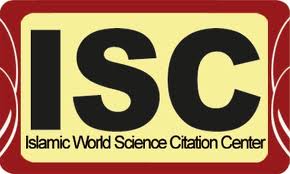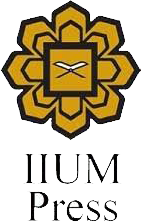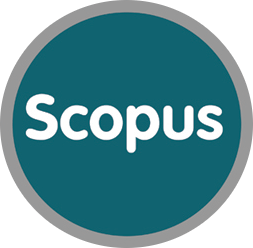Anti-lipolytic activity and phytochemical screening ofChelianthesalbomarginataagainst pathogenic microorganisms
DOI:
https://doi.org/10.31436/iiumej.v18i2.819Abstract
ABSTRACT:The aim of the present study was to evaluate the therapeutic properties of selected fern, Chelianthusalbomarginataand to identify its functional compounds. The methanolic fern-extract (MFE) of these ferns was assessed for anti-bacterial activities by measuring inhibition zones against a panel of pathogenic bacterial strains using agar diffusion method. MFE at a concentration of 25 μg/ml showed marked anti-bacterial activity against all bacterial strains (6-23mm zone of inhibition) and was maximum against Enterobacter sp (23 mm). In addition, the MFE of C. albomarginatahad the best MIC values of 2.25µg/ml against S. aureus and Enterobacter sp., respectively. The MFE also possessed good anti-lipolytic activity (66.5%) against a porcine pancreatic lipase (PPL) and cholesterol oxidase inhibition (79%). This result showed that MFE of C. albomarginataunder optimal concentrationis not only a potent source of natural anti-oxidants and anti-bacterial activity but also possesses efficient cholesterol degradation and anti-lipolytic activities, that is to be beneficial in the body weight management.
Downloads
Metrics
References
[2] A.Sofowara. “Medicinal plants and traditional medicine in West Africa john wiley and sons.NewYork. 256. 1982
[3]A. B. Dongmo, J.C. Ndom, L.D. Massoma, D.G. Dzikouk, M. Fomani, N. Bissoue and W. Vierling, “Vasodilating effect of the root bark extract of Ficussaussureana on guinea pig aortaâ€. Pharmaceutical biology, 41(5), 371-374. 2003.
[4] S.C. Mohan, V. Balamurugan, S.T. Salini, and R. Rekha.“Antioxidant and phytochemical potential of medicinal plant Kalanchoepinnata.â€Journal of Chemical and Pharmaceutical Research, 2012, 4 (1): 197-202. 2012.
[5] D. Marinova, F. Ribarova, M.Atanassova. “Total phenolics and total flavonoids in Bulgarian fruits and vegetablesâ€. J ChemTechnol Metall.40, 255–260.2005.
[6] M. Singh, P.B. Khare and A.K.S.Rawat.“Antimicrobial activity of some important Adiantum species used traditionally in indigenous systems of medicineâ€. Journal of ethnopharmacology, 115(2), 327-329. 2008.
[7] X. Wang, J. Cao, Y. Wu, Q. Wang and J. Xiao.“Flavonoids, Antioxidant Potential, and Acetylcholinesterase Inhibition Activity of the Extracts from the Gametophyte†and Archegoniophore of Marchantiapolymorpha L. Molecules. 12, 1-13. 2016.
[8] G.E. Trease and W.C. Evans.Pharmacognosy.15th Edn. Saunders, pp. 214-393. 2012.
[9] M.J. Just,M.C. Recsio, R.M.Giner, M.J. Cuellar, S. Marez, A.R.Bilia, J. Rios. “Anti-inflammatory activity of usual Lupanesaponins from Bulerumfruiticescensâ€. Planta Med. 64(5), 404-7. 1998
[10] V. Raj, A. Kumar, V. Singh, P. Kumar and V. Kumar.“ In vitro antimicrobial activity of Kalanchoepinnata leaf â€. Lipids, 2, 3-5. 2012.
[11] S. Singh, R. Jarial and S.S Kanwar. “Therapeutic effect of herbal medicines on obesity: herbal pancreatic lipase inhibitorsâ€. Woodpecker J Med Plants, 2, 053-065. 2013.
UMP






















